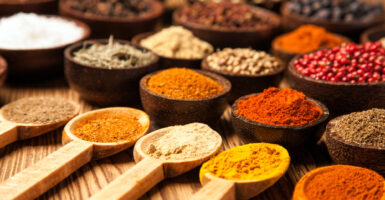Did You Know These 20 Everyday Foods Were Once Considered Luxuries?
It’s easy to walk through a modern grocery store and toss everyday items into your cart without a second thought. But some of our simplest pantry staples were, at one time, so rare or prized that kings, queens, and the ultra-wealthy hoarded them like treasure.
From sugar, once dubbed “white gold,” to pineapples rented by social climbers to impress their guests, the stories behind these foods are as rich and varied as their flavors. Ready to take a fresh look at your fridge and cupboards? Let’s dive into twenty foods that went from luxury to everyday must-haves.
Salt
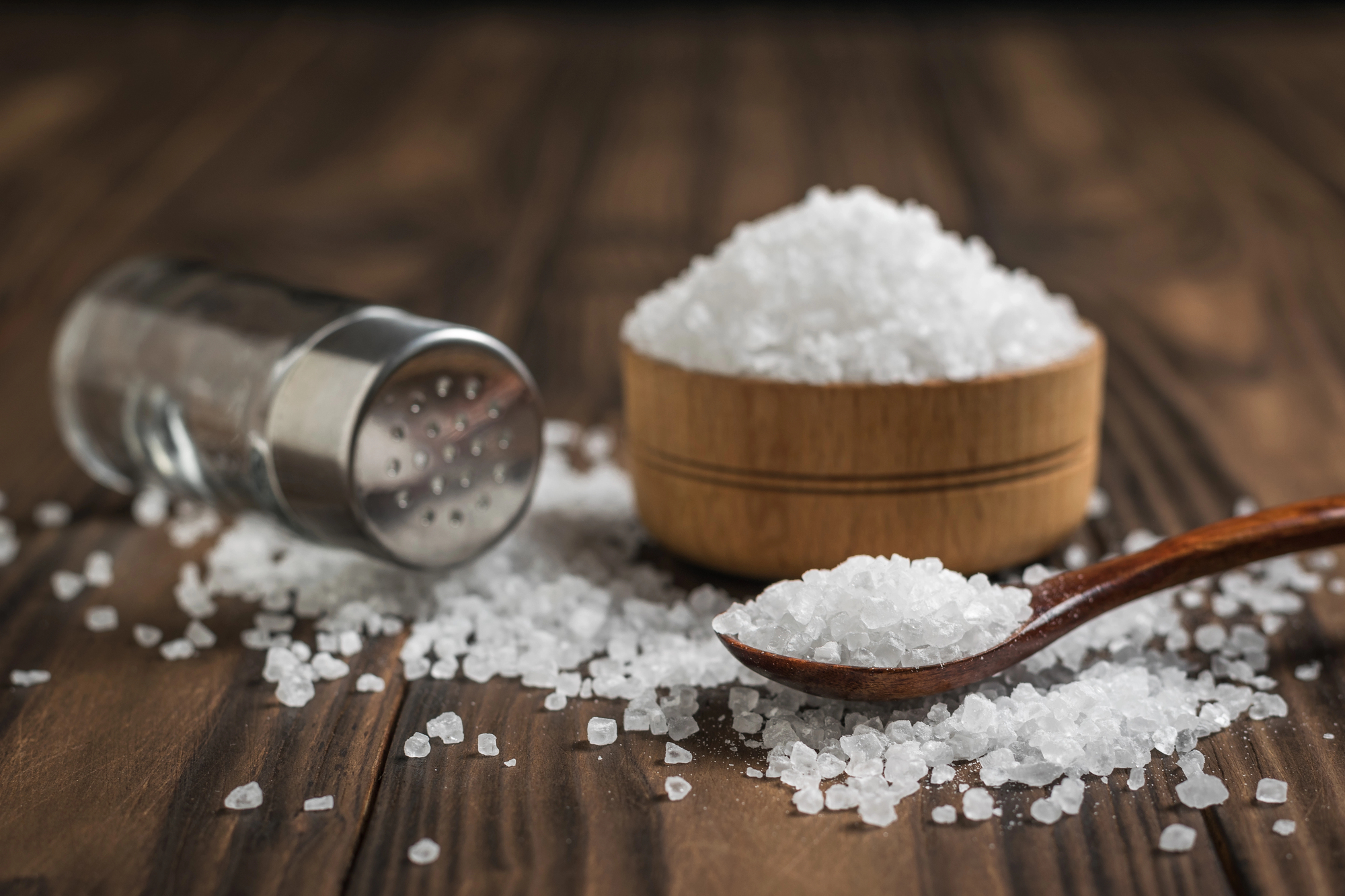
It’s hard to imagine salt as anything but an inexpensive seasoning, yet in many ancient cultures, it was worth its weight in gold—or at least in coin. Roman soldiers sometimes received part of their pay in salt, giving rise to the word “salary” (from the Latin salarium).
In regions where preserving food was a matter of life or death, salt became a measure of wealth and power. Entire trade routes, known as “salt roads,” sprang up to transport this mineral treasure across continents.
These days, salt is so cheap and common that we seldom appreciate the fact it once shaped civilizations.
Sugar

Sugar is everywhere—from the sweetener packets in your local café to the hidden ingredient in countless snacks. But rewind the clock a few centuries, and sugar was a high-priced commodity, imported to Europe at great expense.
Only the wealthy could afford it, often using it more as a showy display than an everyday ingredient. Elaborate sugar sculptures and centerpieces took pride of place at royal banquets, where sugar was nicknamed “white gold.”
Over time, plantation systems and global trade networks expanded, making sugar far more accessible—and often more than we actually need.
Like Go2Tutors’s content? Follow us on MSN.
Black Pepper
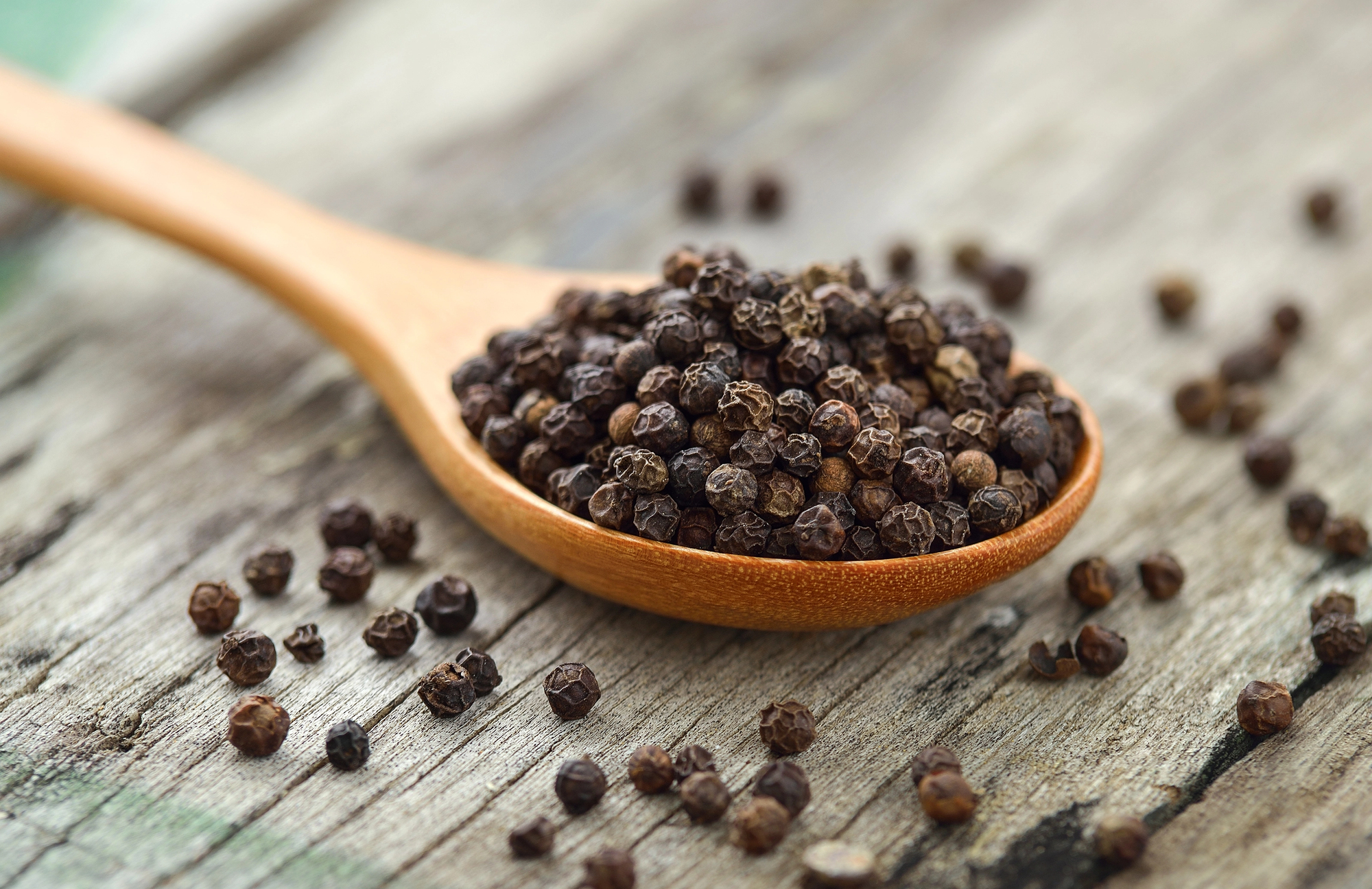
Today, black pepper sits in a humble shaker beside the salt, but once upon a time, it was revered as the “King of Spices.” In the Roman Empire, peppercorns were so valuable that people used them to pay taxes and rent.
Medieval Europe saw pepper traded as a precious commodity, and it became a favorite bargaining chip in diplomatic exchanges. Some aristocrats even hoarded it like gold.
Fast-forward to now, and pepper is an affordable, everyday staple—though it still carries a bit of that ancient mystique every time you grind it over your pasta.
Cinnamon
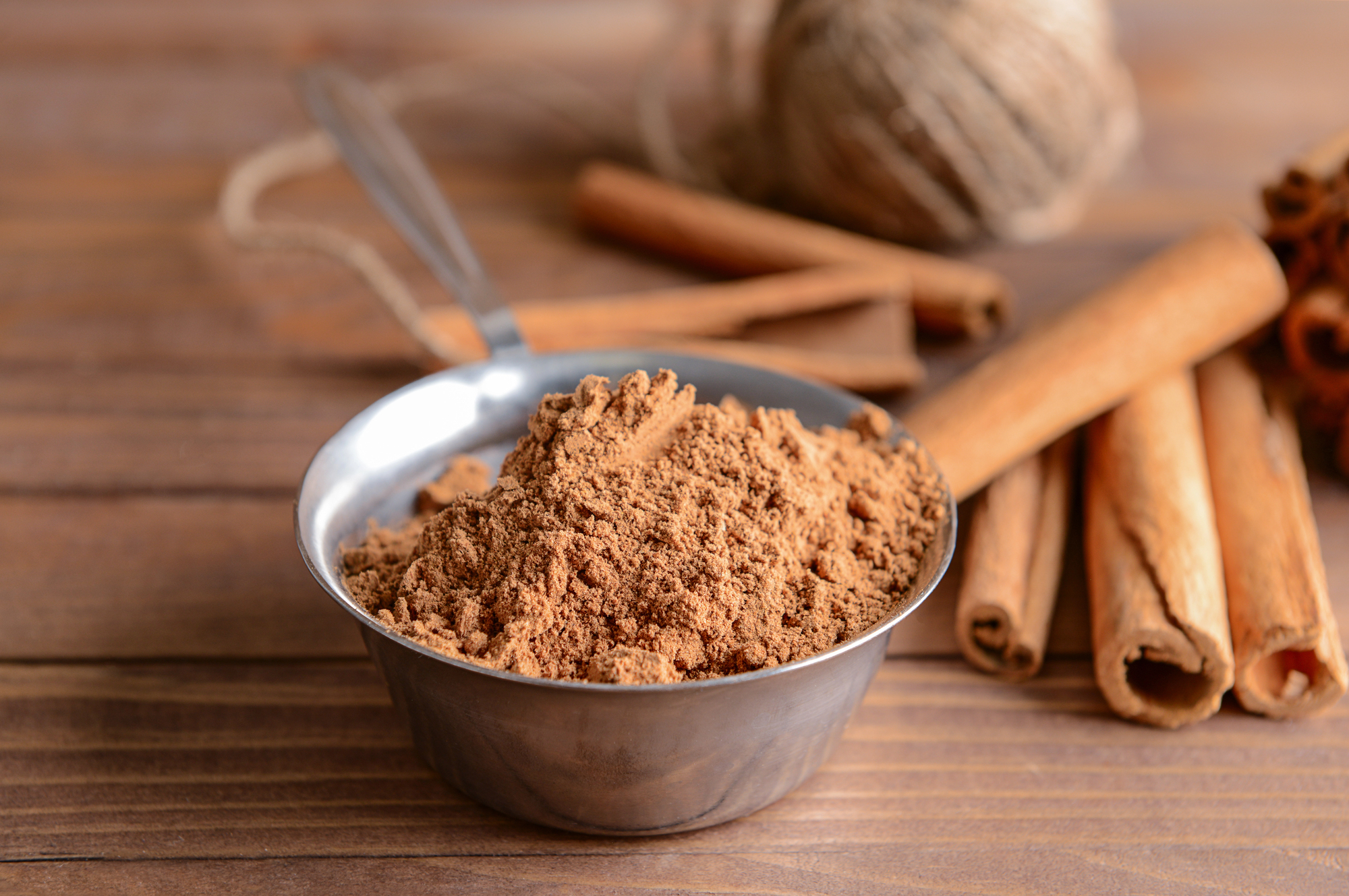
Cinnamon’s warm aroma might make you think of cozy kitchens and holiday baking, but there was a time when it was a product of grand myth-making. Arab traders spun tales of giant birds guarding cinnamon nests to keep its true origins hidden and prices sky-high.
European powers jockeyed to control cinnamon-producing territories, understanding the profit potential of this aromatic bark. Once exclusive to the wealthy and powerful, cinnamon eventually became a worldwide favorite, adding a fragrant kick to everything from apple pies to spiced teas.
Chocolate
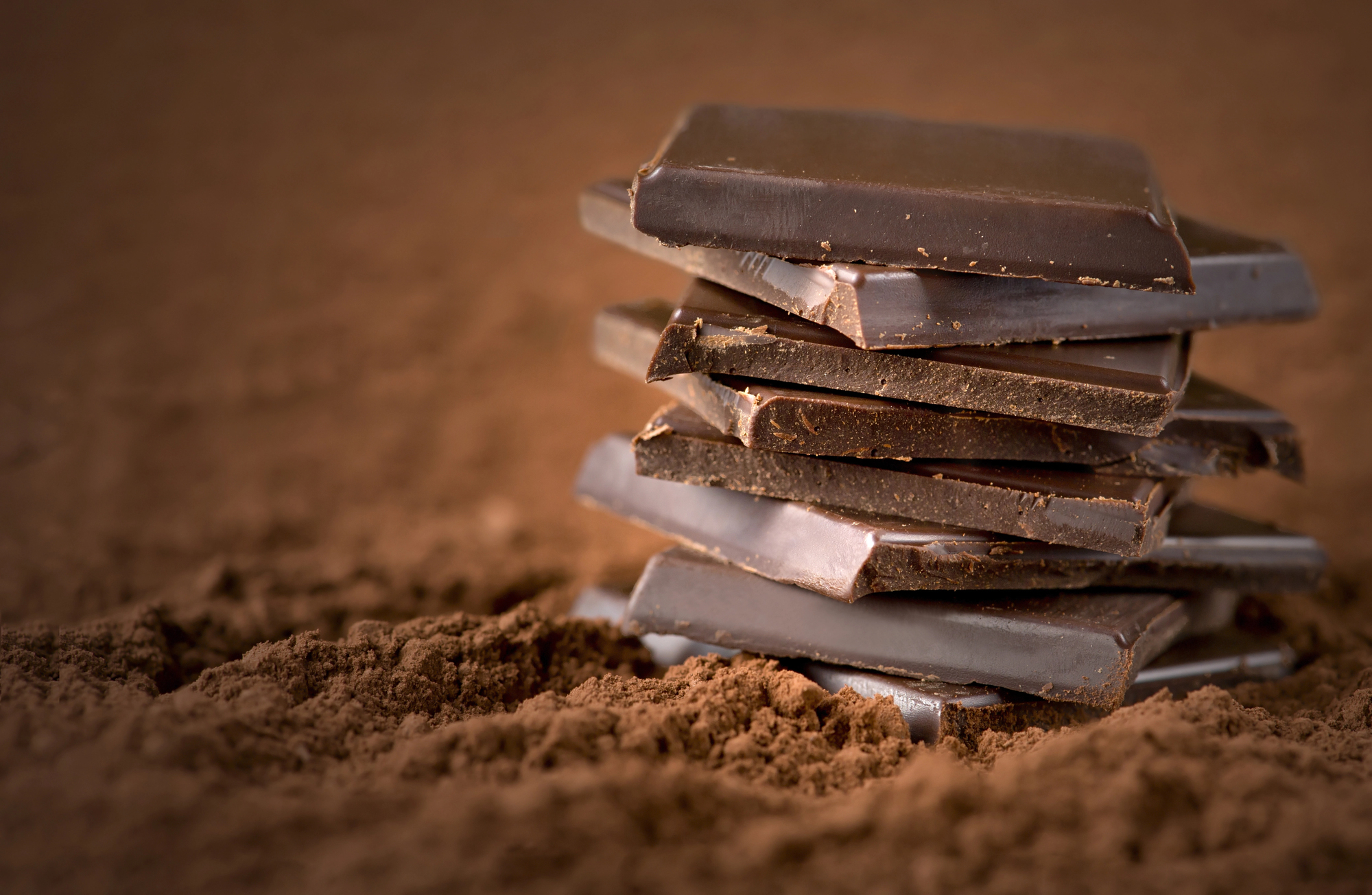
Chocolate bars are a supermarket staple now, but ancient Mesoamerican civilizations treated cacao beans like currency, trading them for essential goods. When the Spanish introduced chocolate to Europe, it remained a high-society treat, reserved for those who could afford imported cacao and the expensive sweeteners needed to tame its natural bitterness.
Aristocrats sipped hot chocolate from fine porcelain cups, often turning these gatherings into luxurious social events. Industrialization and cheaper sugar sources transformed chocolate into an everyday indulgence—though artisanal bars can still carry price tags reminiscent of those earlier times.
Like Go2Tutors’s content? Follow us on MSN.
Tea
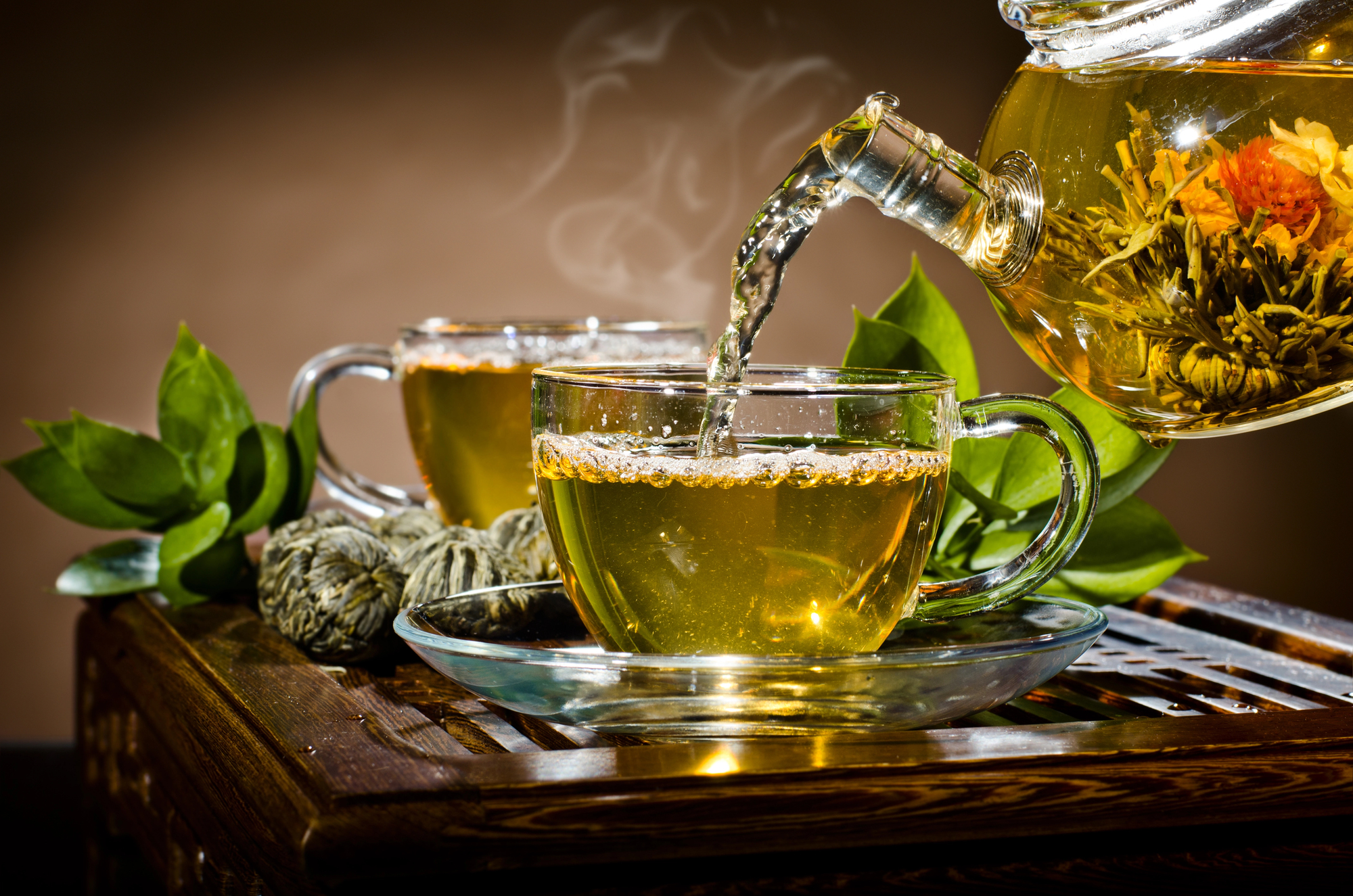
Millions of people start their day with a simple cup of tea, but that wasn’t always the case. When tea first made its way from Asia to Europe, it was heavily taxed and mostly consumed by the upper classes.
In Britain, tea was so prized that smuggling it became a thriving underground trade to bypass steep import duties. Meanwhile, in places like China and Japan, elaborate tea ceremonies highlighted tea’s cultural significance and meditative aspects.
Over the years, global trade and eased taxes made tea available to the masses, turning it into a universal comfort drink—whether served in bone china or a sturdy travel mug.
Coffee
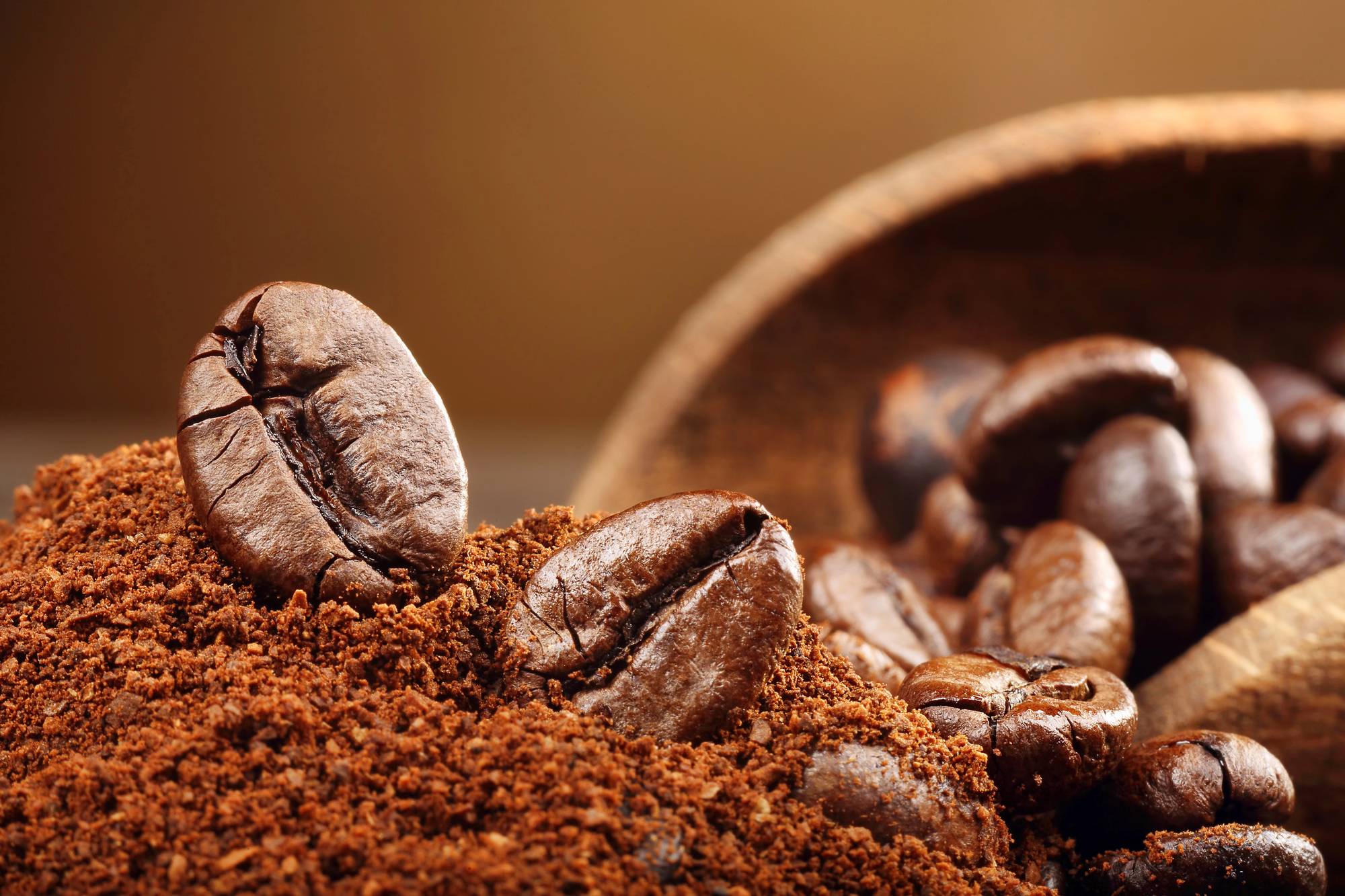
Coffeehouses are practically everywhere these days, from big chains on every corner to artisanal cafés. But when coffee first arrived in the Middle East, Africa, and later Europe, it was an exclusive commodity enjoyed by those with deep pockets.
Coffeehouses became social and political hubs, where intellectuals and revolutionaries alike exchanged ideas over a precious brew. Import monopolies and royal charters controlled the bean’s supply, driving up prices.
Ultimately, technological advances in farming and shipping made coffee cheaper and more accessible—yet many of us still treat that morning latte like a small, daily luxury.
Pineapple
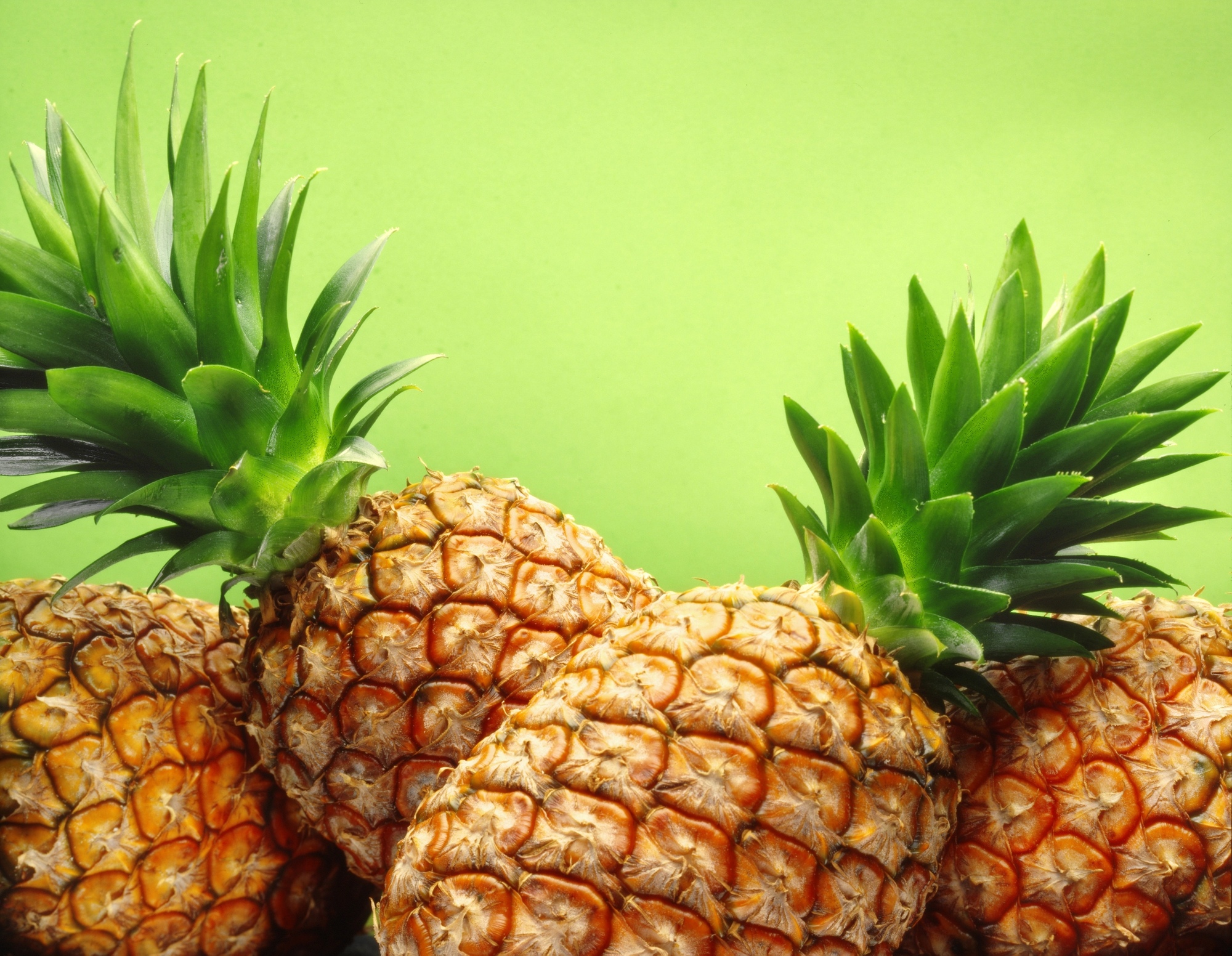
Ever noticed how pineapples pop up in historical art and architecture as a symbol of hospitality? They weren’t just decorative flourishes. In 18th-century Europe and colonial America, pineapples were so costly to import that people would rent them for social events.
These tropical fruits showcased a host’s wealth and taste, even if no one dared cut into them. With modern cultivation and shipping, pineapples are now available year-round for everyday enjoyment. You can even grab one pre-sliced at the grocery store, a far cry from the status symbol they once represented.
Like Go2Tutors’s content? Follow us on MSN.
Bananas
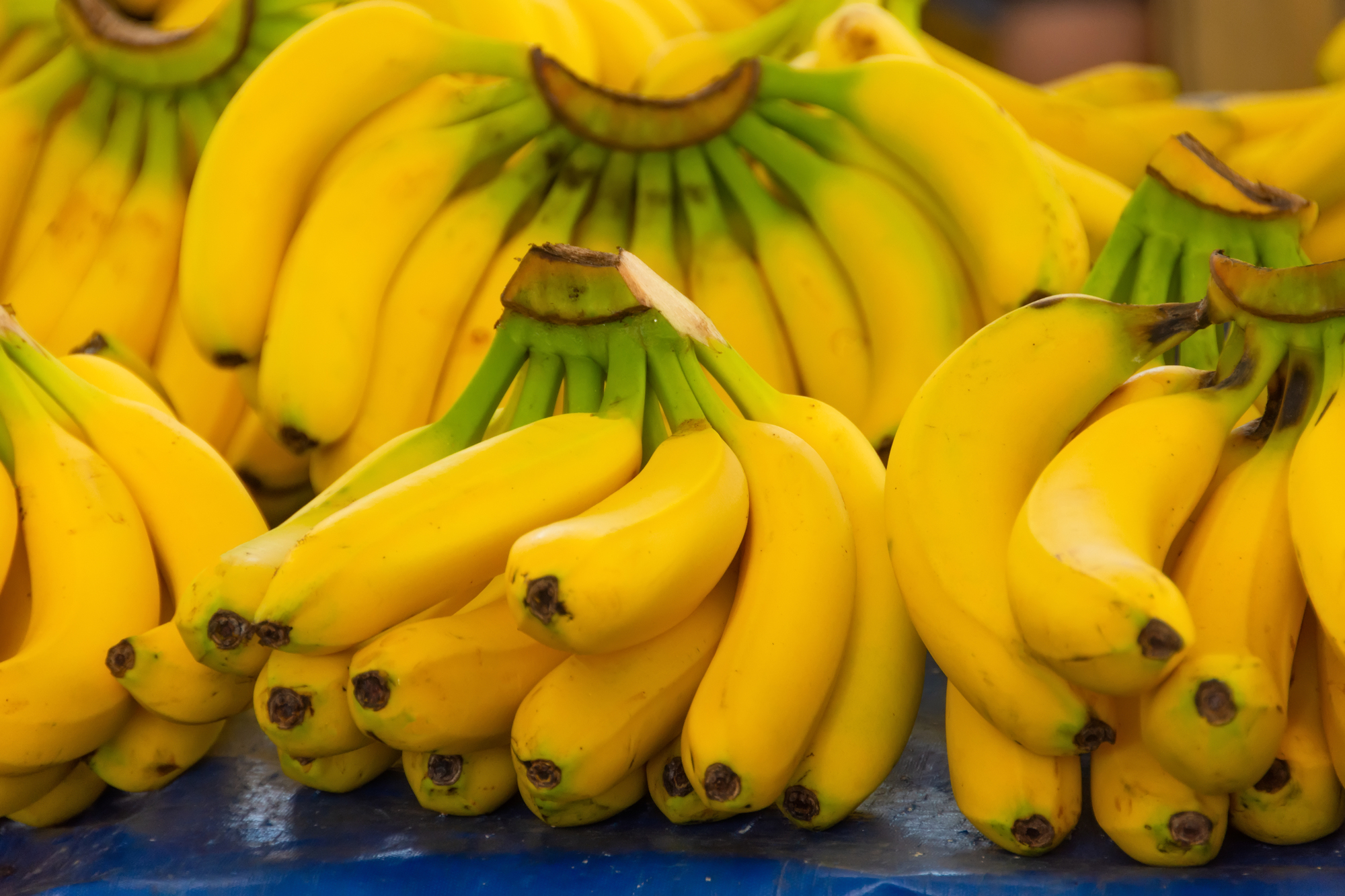
Bananas are the go-to snack for many—cheap, tasty, and easy to carry around. But in the late 1800s, bananas were a true novelty in North America and parts of Europe, introduced through fairs and exhibitions.
Initially, many people were baffled by how to peel and eat them properly, and they were often displayed as exotic curiosities. Improvements in refrigeration and faster shipping turned bananas into a ubiquitous grocery item, consumed on the go or baked into bread.
This once-exotic fruit is now so common, it’s hard to imagine a time when it turned heads at fancy gatherings.
Cheese
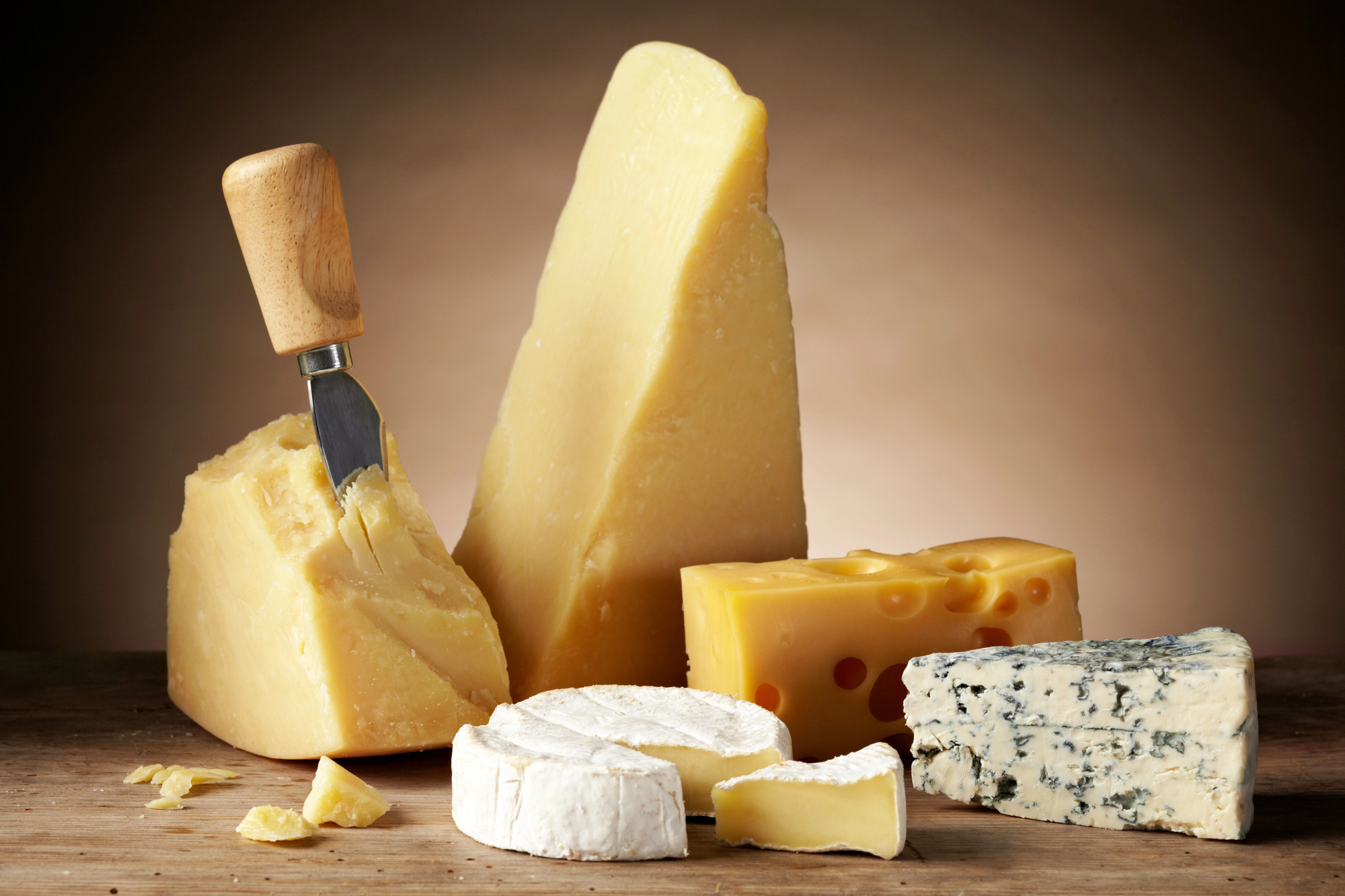
Cheese today ranges from affordable cheddar blocks to artisanal wheels that command eye-popping prices, but let’s not forget its historic allure. Medieval Italian nobility prized aged Parmesan, and the French revered Roquefort matured in special limestone caves.
In many cases, the cost and skill required to produce these cheeses kept them out of reach for most people. Over the centuries, dairy farming became more efficient, and cheese-making spread across cultures.
This opened the door for cheese to become a beloved staple—not just on fancy charcuterie boards, but also in everything from grilled sandwiches to pizza toppings.
Potatoes
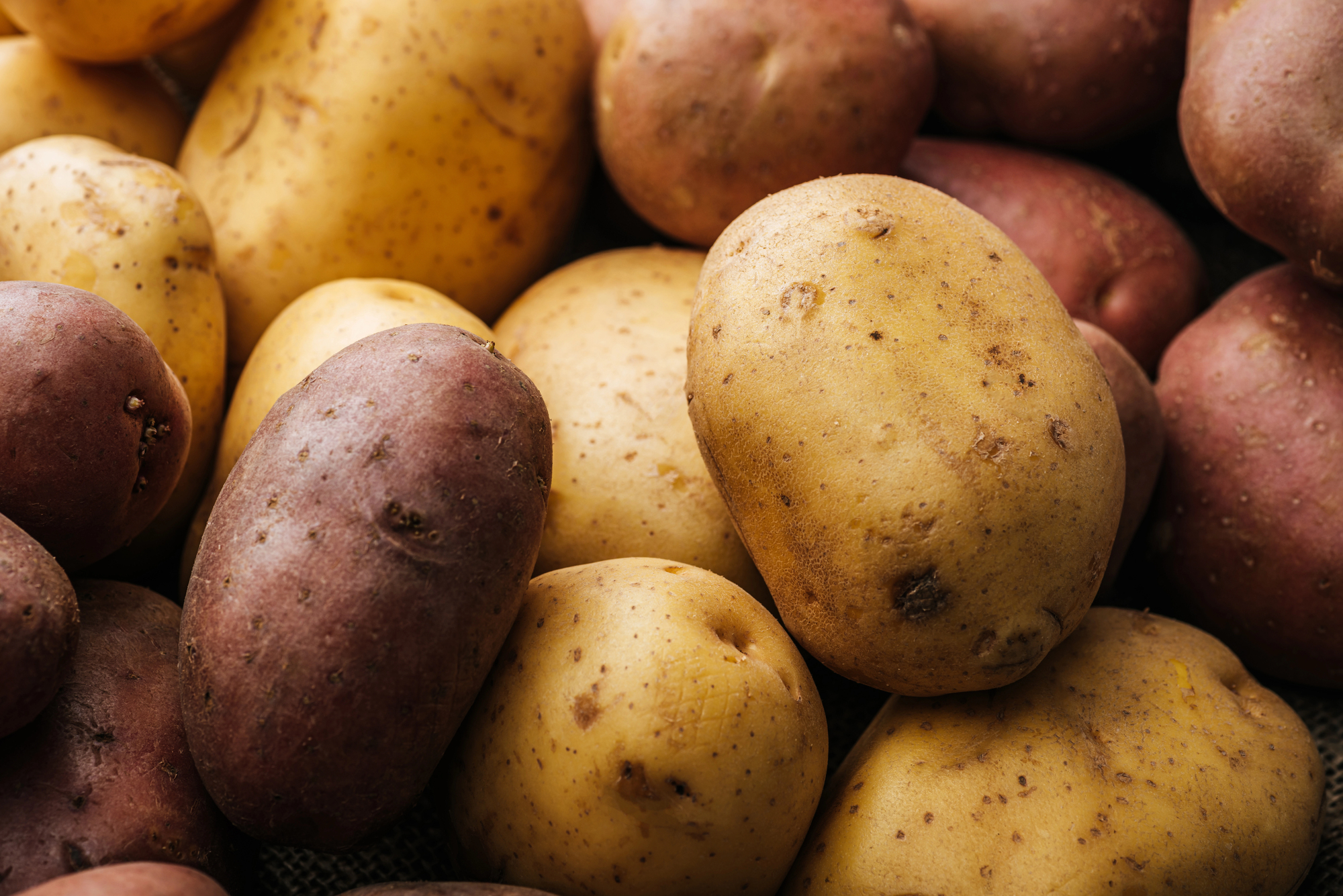
Potatoes might be the ultimate comfort food, but Europeans initially viewed them with deep suspicion when Spanish explorers brought them back from the Andes. Superstitions and rumors painted them as poisonous or even evil, partly because of their membership in the nightshade family.
Royal influencers like Frederick the Great and Marie Antoinette helped change the tuber’s reputation—Marie Antoinette famously wore potato blossoms in her hair to spark interest. Eventually, potatoes became a key crop across the continent, prized for their adaptability and sustenance.
Today, from fries to mash, it’s hard to picture a pantry without a few spuds on standby.
Like Go2Tutors’s content? Follow us on MSN.
Tomatoes
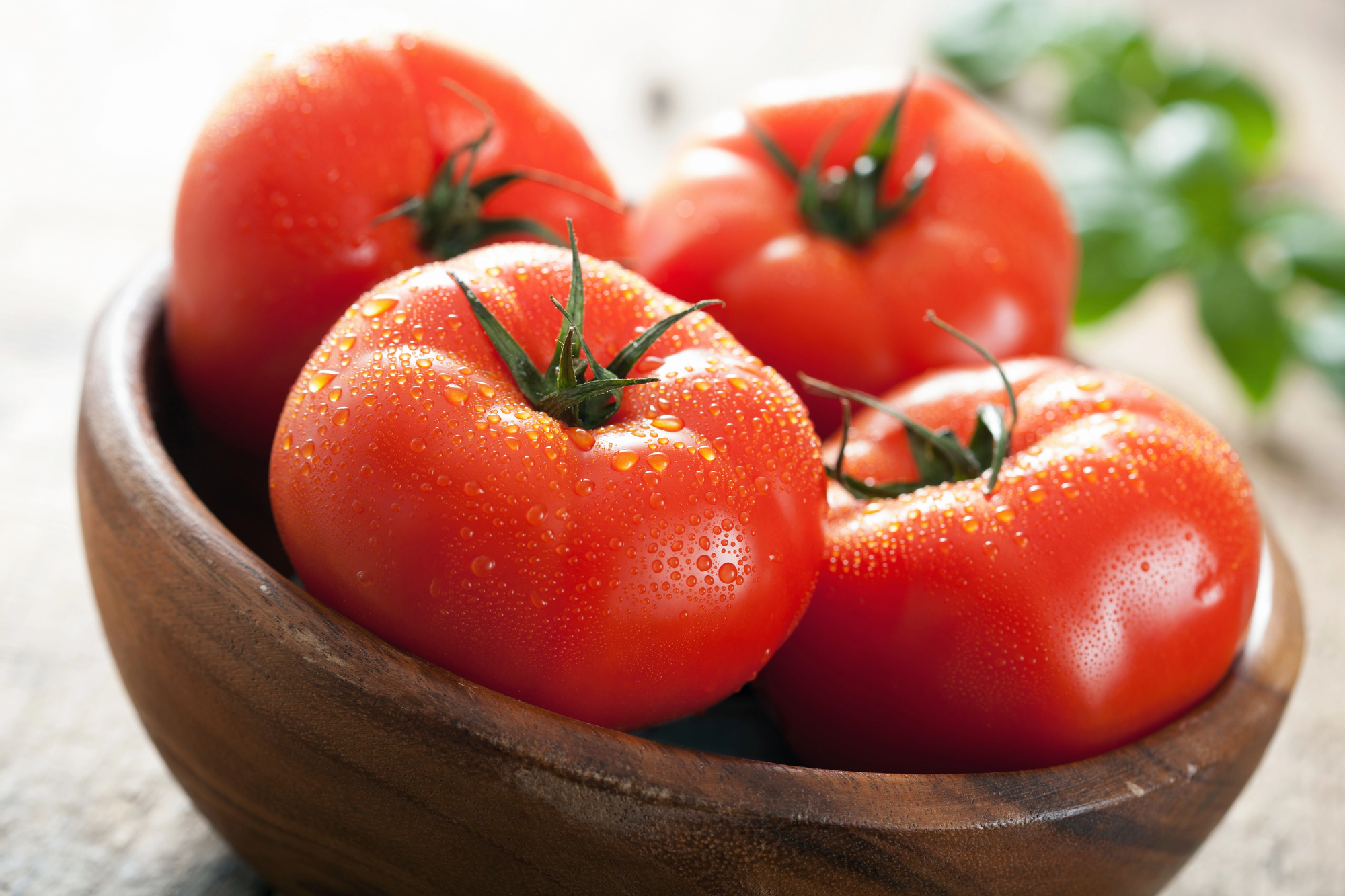
Tomatoes share a similar backstory to potatoes, with European aristocrats initially eyeing them with distrust. In fact, wealthy individuals who ate tomatoes from pewter plates risked lead poisoning, which wrongly implicated the fruit itself as toxic.
Gradually, people realized tomatoes were not to blame, and they transitioned from ornamental garden curiosities to cooking staples—especially in Mediterranean cuisine. Pizza sauce, salsa, and countless Italian dishes now celebrate the tomato as a star ingredient, proving how far this once-suspect fruit has come.
Vanilla
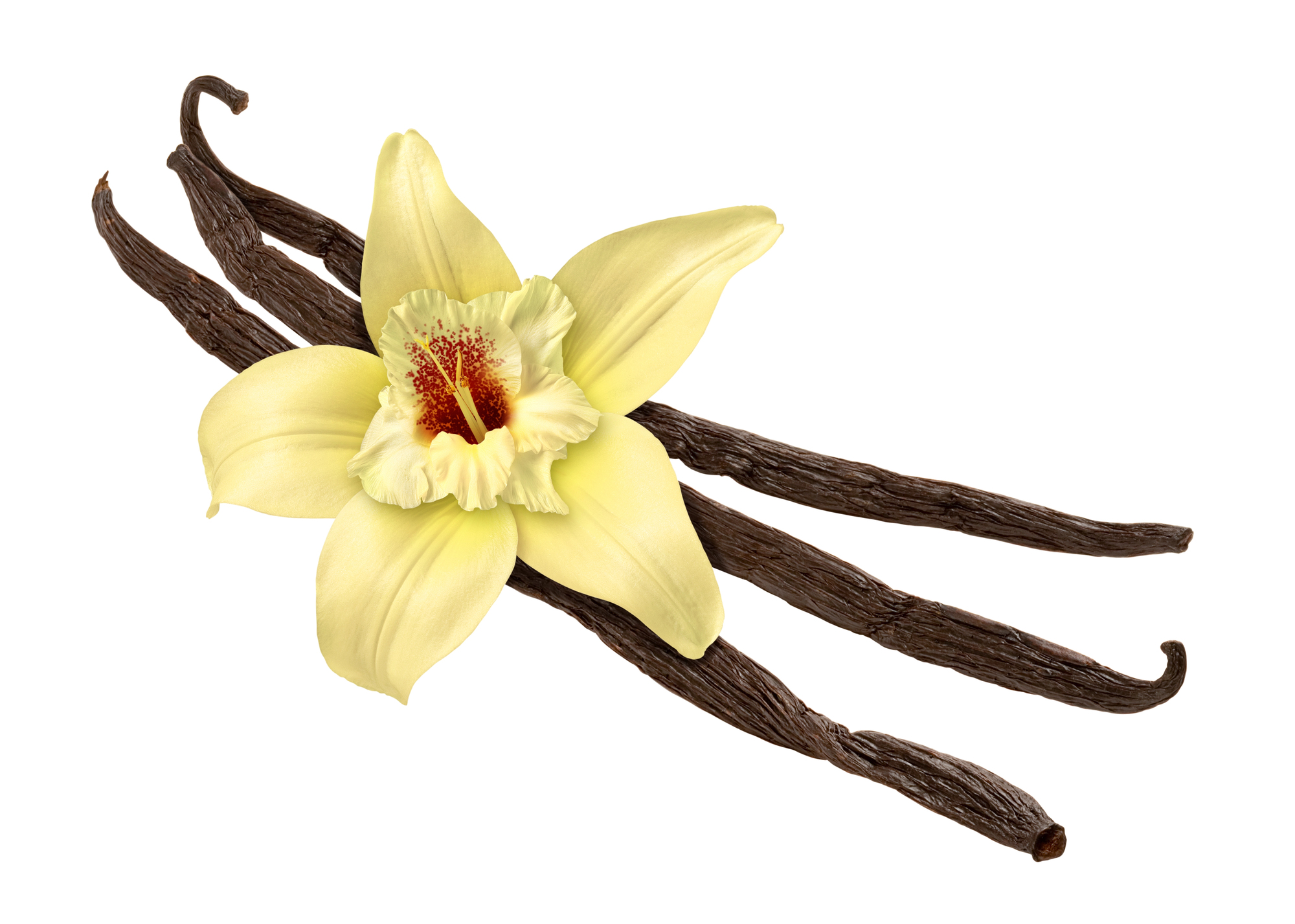
If you’ve ever looked at the price tag on real vanilla beans, you can guess its storied past. Originating in Mexico, vanilla was introduced to Europe by Spanish explorers and remained highly prized because of the orchid’s tricky pollination process—only a specific local bee could naturally do it.
This bottleneck made vanilla incredibly rare in other parts of the world. Things changed in the mid-19th century when a young enslaved boy on Réunion Island discovered how to hand-pollinate the flowers.
Production skyrocketed, and vanilla became more widely available. While pure vanilla extract can still be pricey, synthetic options make this once-elusive flavor a staple for all kinds of sweet treats.
Rice
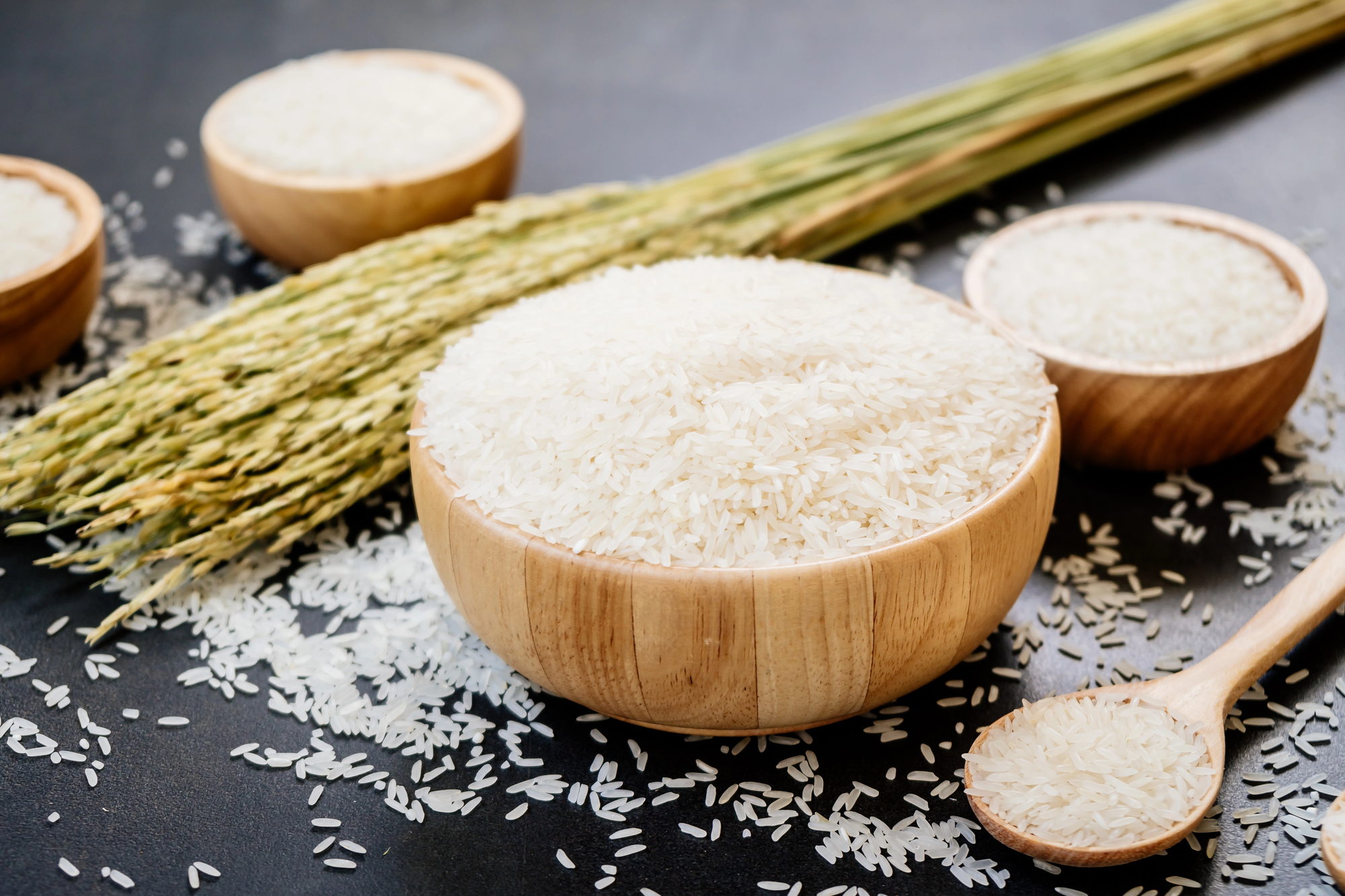
A global comfort food, rice wasn’t always so abundant. In ancient Rome, it was considered an exotic import used sparingly at feasts or for medicinal purposes.
Over time, maritime trade expanded, and advanced farming techniques took rice cultivation to new heights—especially in Asia, where it became a dietary cornerstone. Eventually, rice spread worldwide, adapted to countless cuisines from Japanese sushi to Spanish paella.
That once-elusive grain now fills supermarket shelves in every variety you can imagine, turning a former luxury into an everyday staple.
Like Go2Tutors’s content? Follow us on MSN.
Chicken
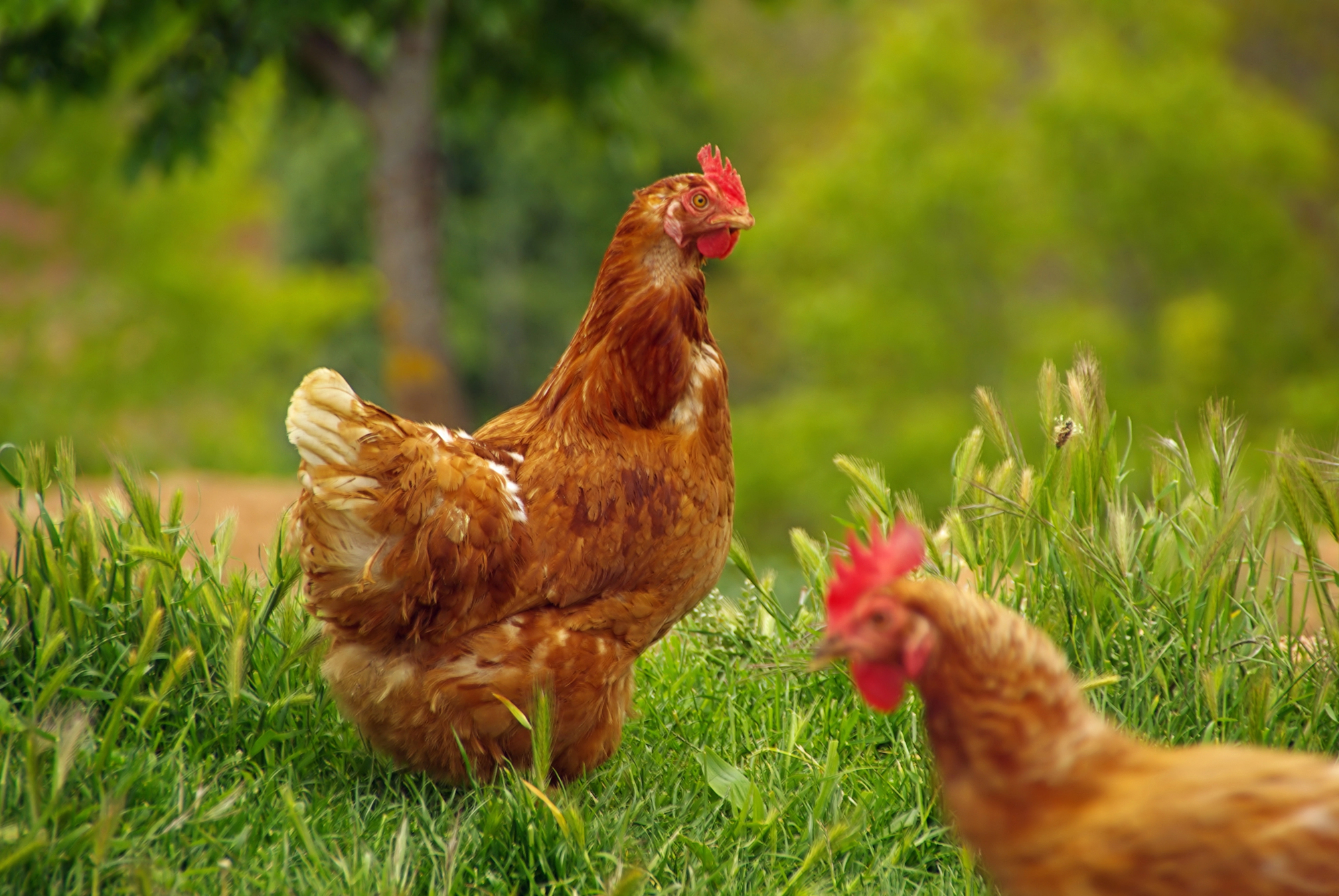
It’s hard to believe, but there was a time when chicken was more of a special-occasion dish than an everyday protein. People often raised chickens primarily for eggs, reserving the birds themselves for rare, celebratory feasts.
Massive changes in the poultry industry—selective breeding, mechanized farms, and efficient supply chains—made chicken far more accessible. Today, chicken is so universal that it appears in countless cuisines and budget-friendly meals, a far cry from the luxury status it once held.
Quinoa
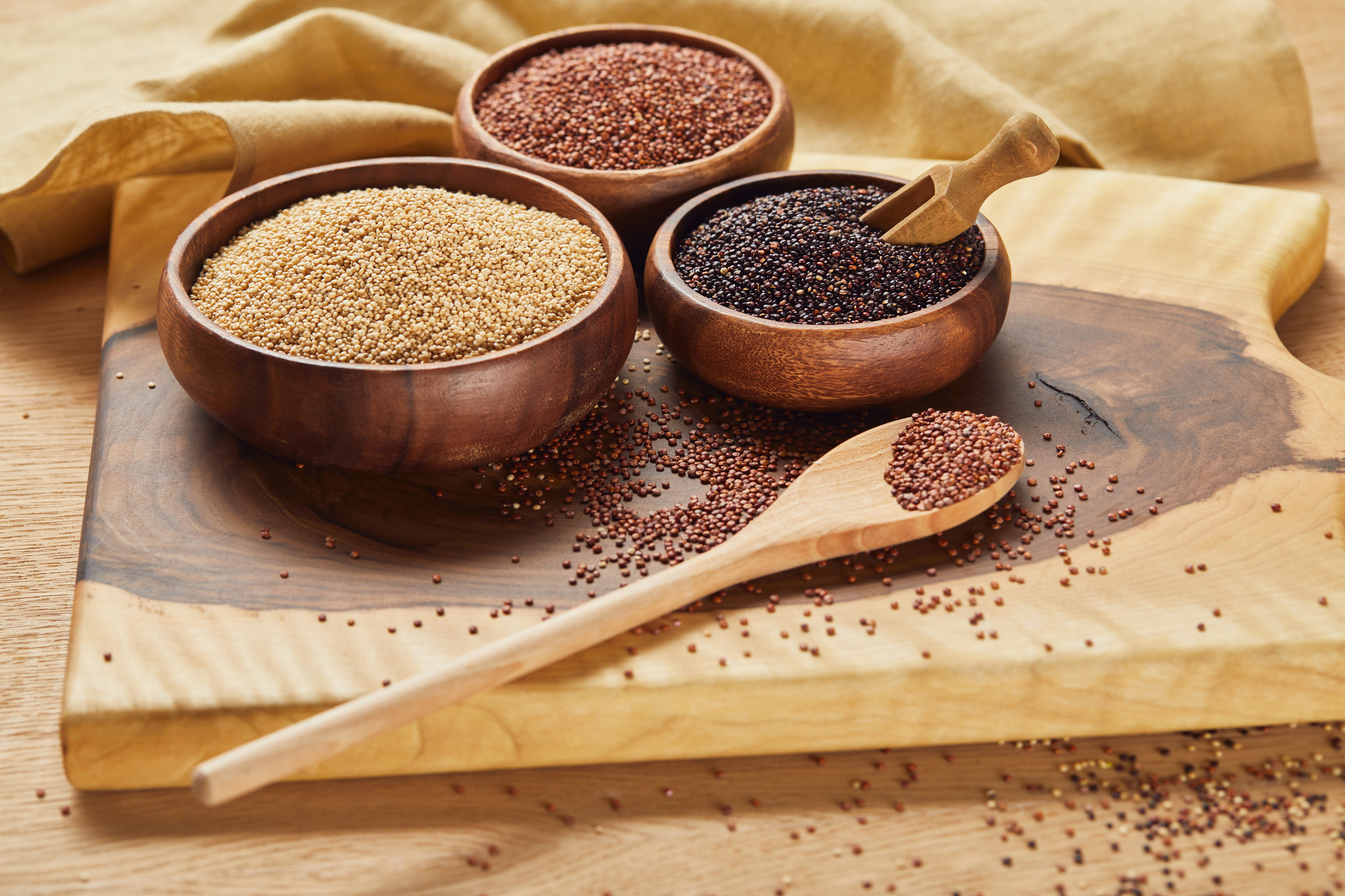
Hailed today as a “superfood,” quinoa was once sacred to the ancient Inca civilization, earning it the nickname “the mother of all grains.” Spanish colonizers suppressed quinoa cultivation in favor of European crops, which made it rare outside of its Andean home for centuries.
Modern appreciation for its high protein and nutrient content has spurred global demand, turning quinoa into a trendy (if still somewhat pricey) health-food favorite. While it’s easier to find now than in decades past, its storied history reminds us that today’s trendy superfood may have centuries-old roots.
Strawberries
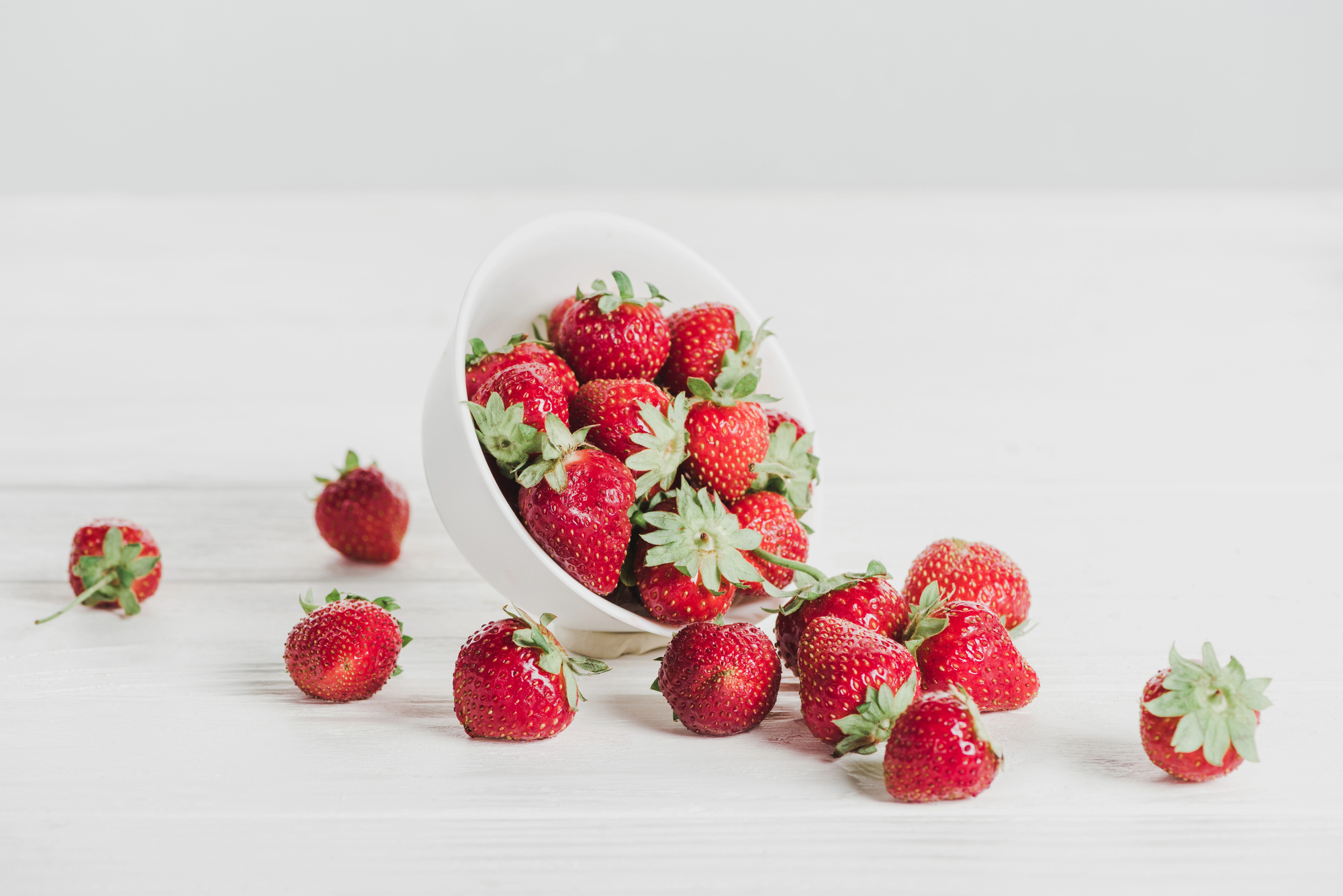
Believe it or not, garden-variety strawberries were once reserved for the elite. Before selective breeding yielded larger, sweeter varieties, wild strawberries were hard to cultivate in large quantities.
Aristocrats showed off their gardens with these delicate berries as the ultimate sign of good taste. Over time, better farming techniques and hybridization made strawberries more robust and widespread.
Now they’re a go-to for everything from jam to shortcake—and nobody bats an eye at the idea of grabbing a carton or two for weekend brunch.
Like Go2Tutors’s content? Follow us on MSN.
Oranges
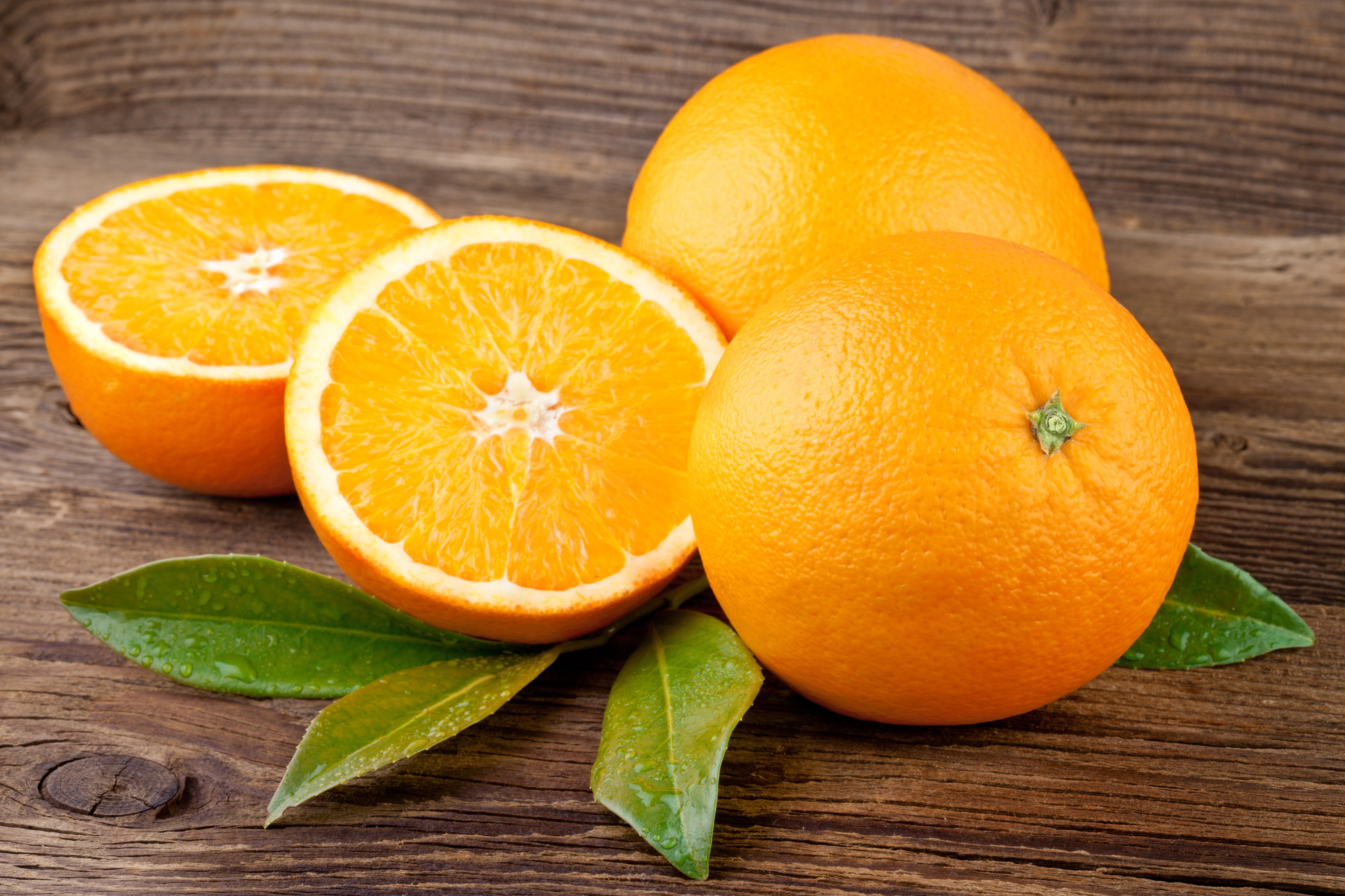
An orange might be your standard vitamin-C fix today, but in Victorian England, receiving an orange as a Christmas gift was a huge deal. Oranges were expensive and tricky to import, making them a coveted wintertime treat.
As global citrus farming expanded—especially in places like Florida, Spain, and Brazil—these bright fruits became more affordable. The next time you peel an orange, spare a thought for those earlier centuries when a single piece of citrus was something to treasure.
Pasta
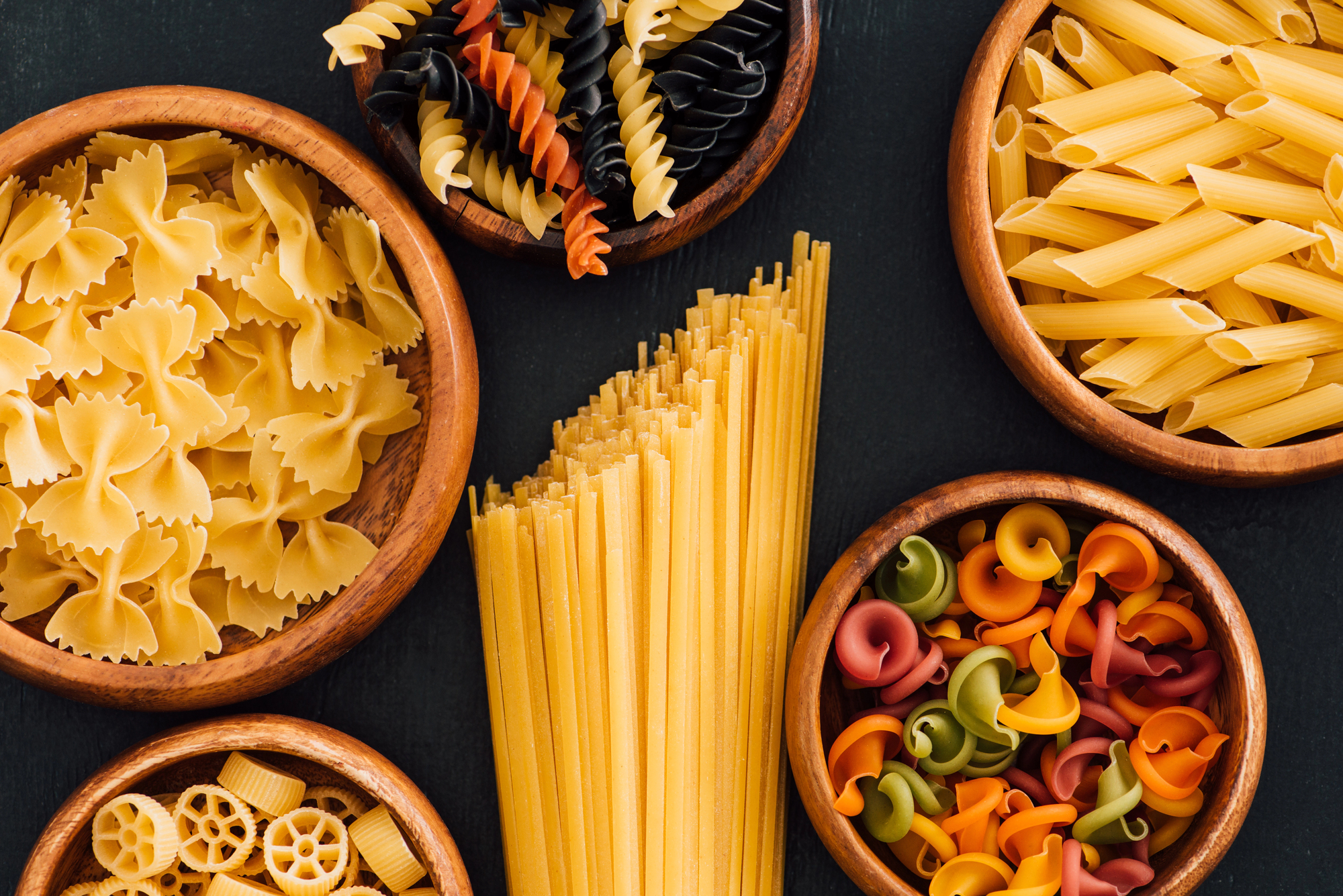
From quick weeknight dinners to upscale Italian feasts, pasta seems like the most basic of staples. Historically, though, refined wheat flour was expensive, and only the upper classes could afford pasta on a regular basis.
Early versions were labor-intensive to make and required time and skill. The rise of industrial milling processes, along with widespread wheat cultivation, eventually democratized pasta.
Today, it’s a global comfort food, from ramen in Japan to macaroni and cheese in North America—far removed from its once-exclusive status.
Nutmeg
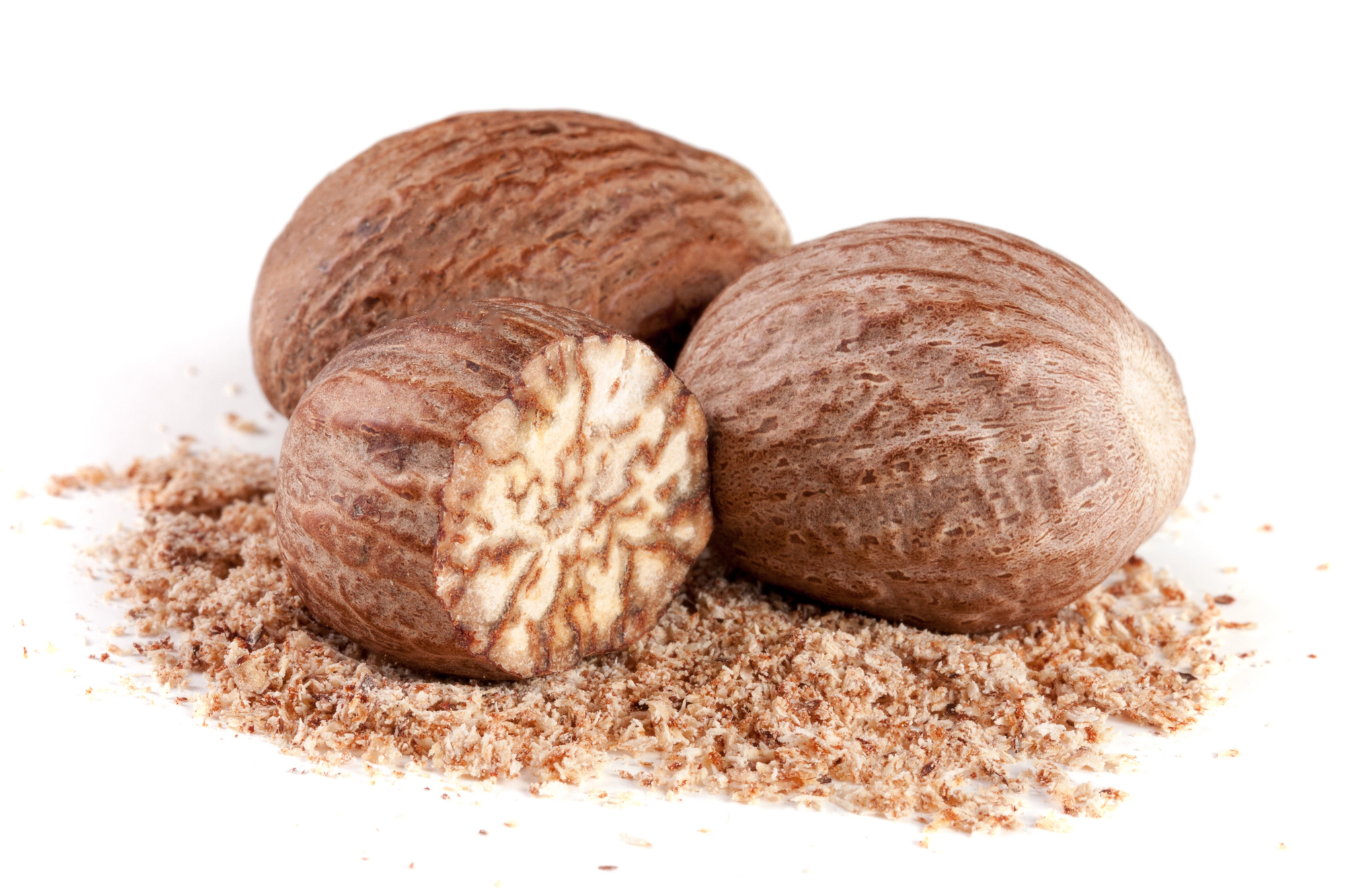
Nutmeg carries a gentle aroma that’s perfect for holiday lattes and baked goods, but it once sparked fierce competition among colonial powers. In the 15th and 16th centuries, controlling the world’s nutmeg supply meant controlling staggering wealth.
European nations fought over tiny islands in what is now Indonesia to monopolize this precious spice, sometimes trading entire territories for a foothold in the nutmeg market. These days, you can buy nutmeg ground or whole in any grocery store, giving us a whiff of those bygone days when spice meant power.
Like Go2Tutors’s content? Follow us on MSN.
From Luxury to Everyday Staple
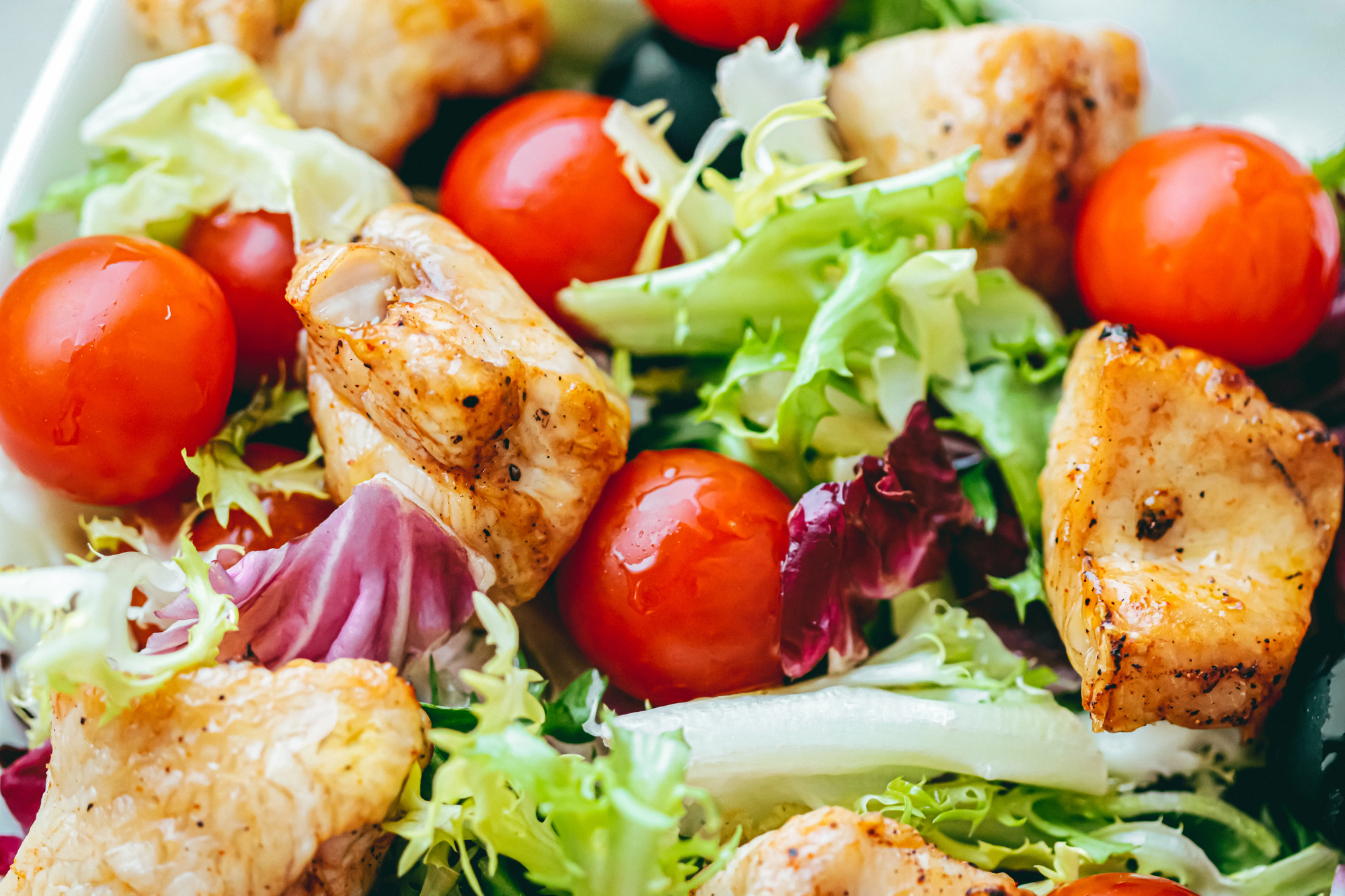
From salt that built empires to pineapples that doubled as party décor, these foods remind us that today’s humble groceries often have surprisingly glamorous origins. It took centuries of exploration, conquest, scientific breakthroughs, and cultural shifts for them to become everyday staples.
So the next time you’re stirring sugar into your coffee or slicing into a juicy tomato, consider the remarkable journeys these once-luxurious items took before finding a permanent place in your pantry.
More from Go2Tutors!

- Famous Battles: How Much Do You Really Know About U.S. History?
- Top 5 Most Important Skills, According To Harvard Business School
- How Well Do You Know 90s Pop Culture? Take the Quiz
- Master the Art of Public Speaking with These Expert Tips
- Think You Know Capitals? Put Your Knowledge to the Test
Like Go2Tutors’s content? Follow us on MSN.



